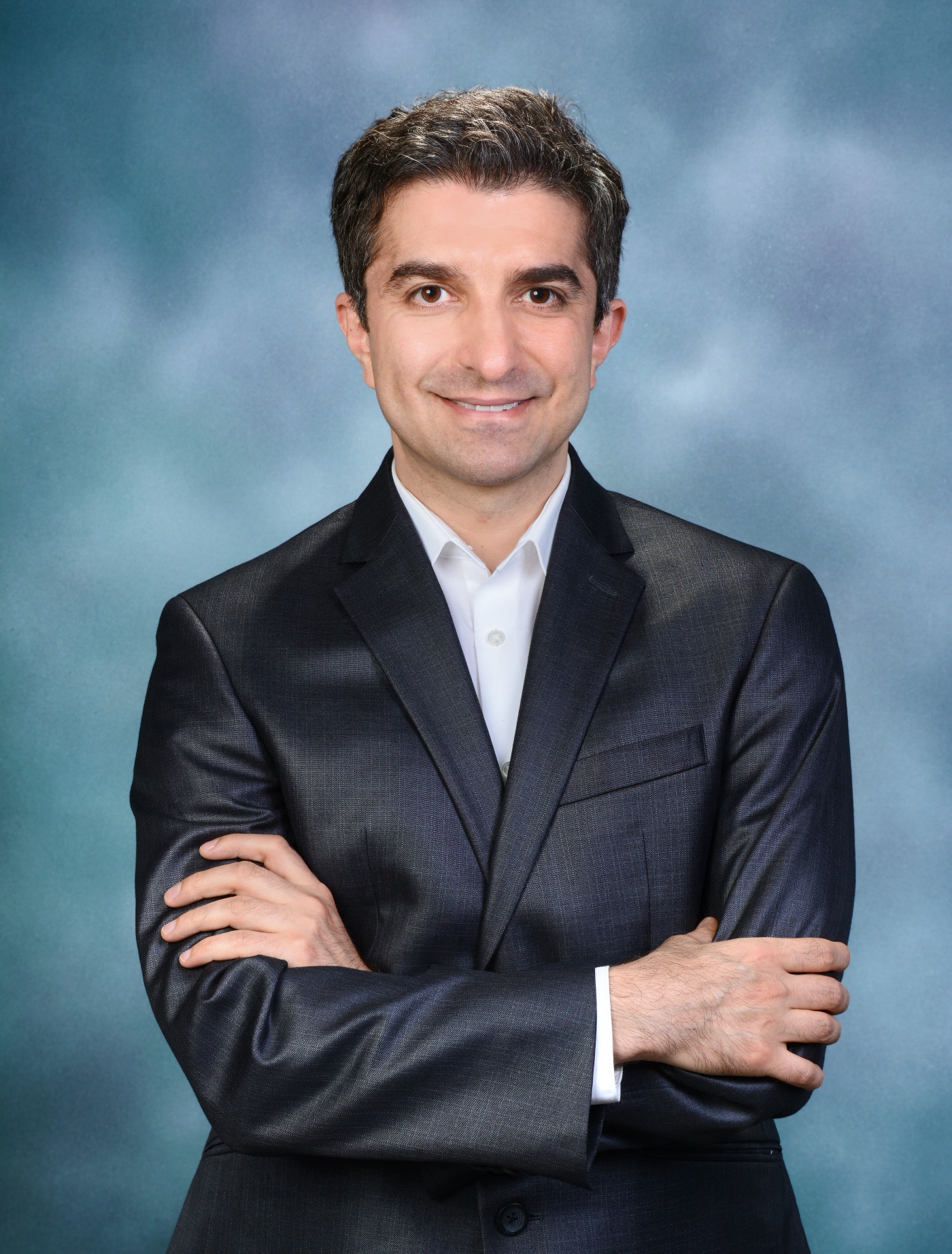Plasma Boundaries and Scale Dependent Processes Around Planetary Objects
Hadi Madanian
PHaSER Research Scientist
The Catholic University of America -Physics department
Heliophysics Division
NASA Goddard Space Flight Centre.
Wed, October 30, 2024 ~ 4:00 PM Planets, some moons, comets and asteroids in the solar system are continuously impacted by the impinging solar wind, a supersonic flow of charged particles originating at the Sun and carrying the interplanetary magnetic field. Some objects possess a protective global dipole magnetic field and are considered magnetized, some are only partially magnetized, and some are non-magnetized. The obstacle size plays an important role in determining which processes are effective in mediating the energy transfer from the solar wind. This is in addition to the solar radiation photon flux that ionizes the neutral species in the extended atmosphere and leads to the formation of the ionosphere layer.
Planets, some moons, comets and asteroids in the solar system are continuously impacted by the impinging solar wind, a supersonic flow of charged particles originating at the Sun and carrying the interplanetary magnetic field. Some objects possess a protective global dipole magnetic field and are considered magnetized, some are only partially magnetized, and some are non-magnetized. The obstacle size plays an important role in determining which processes are effective in mediating the energy transfer from the solar wind. This is in addition to the solar radiation photon flux that ionizes the neutral species in the extended atmosphere and leads to the formation of the ionosphere layer.
In this talk, I will highlight our recent findings of plasma processes around several objects in the solar system. I will show how combined use of spacecraft observations and numerical simulations form our understanding of plasma processes across multiple scales. I will discuss how the gained knowledge from these past missions help to plan a path forward to explore new and distant environments.
If you have any questions about the Colloquium Series, would like to request disability accommodations or would like to make a donation please contact the Physics Department, cua-physics@cua.edu or call
(202) 319-5315.
